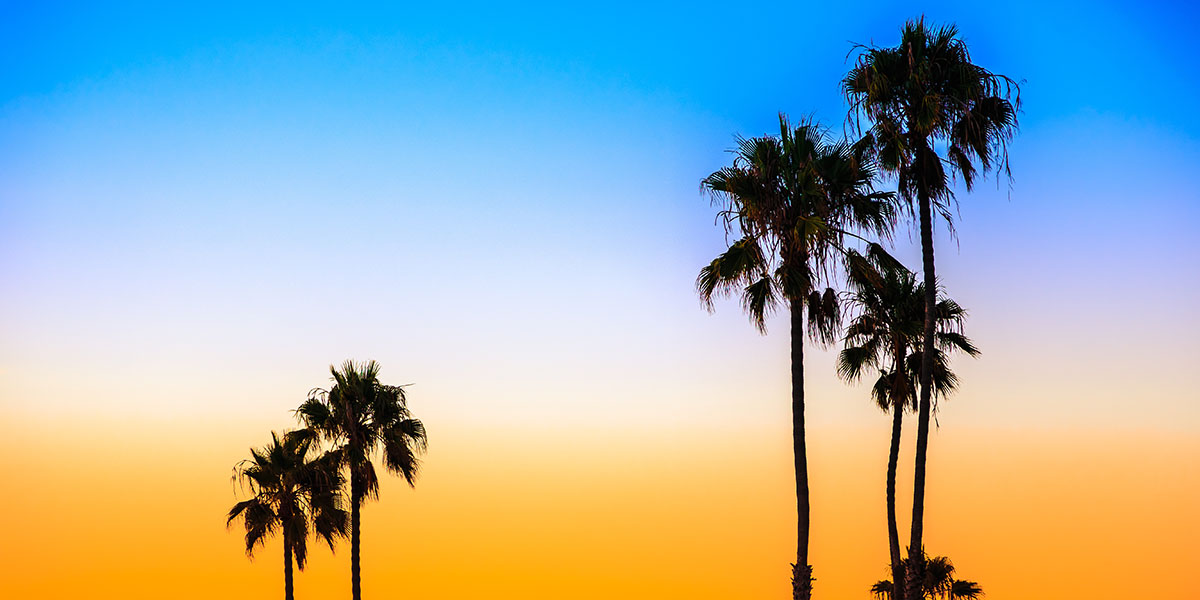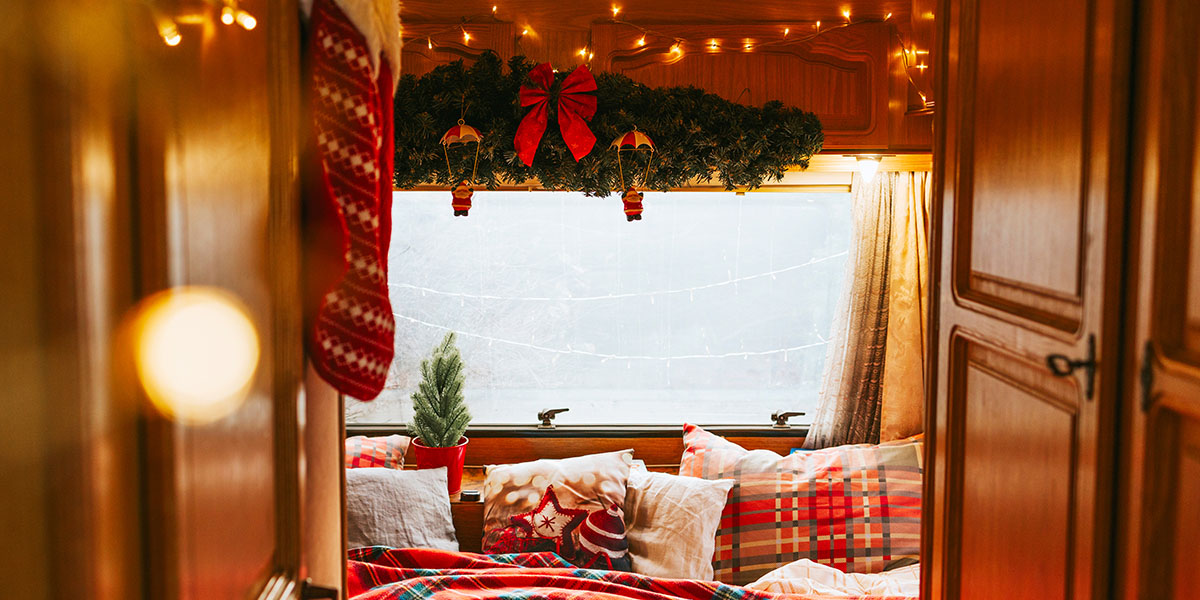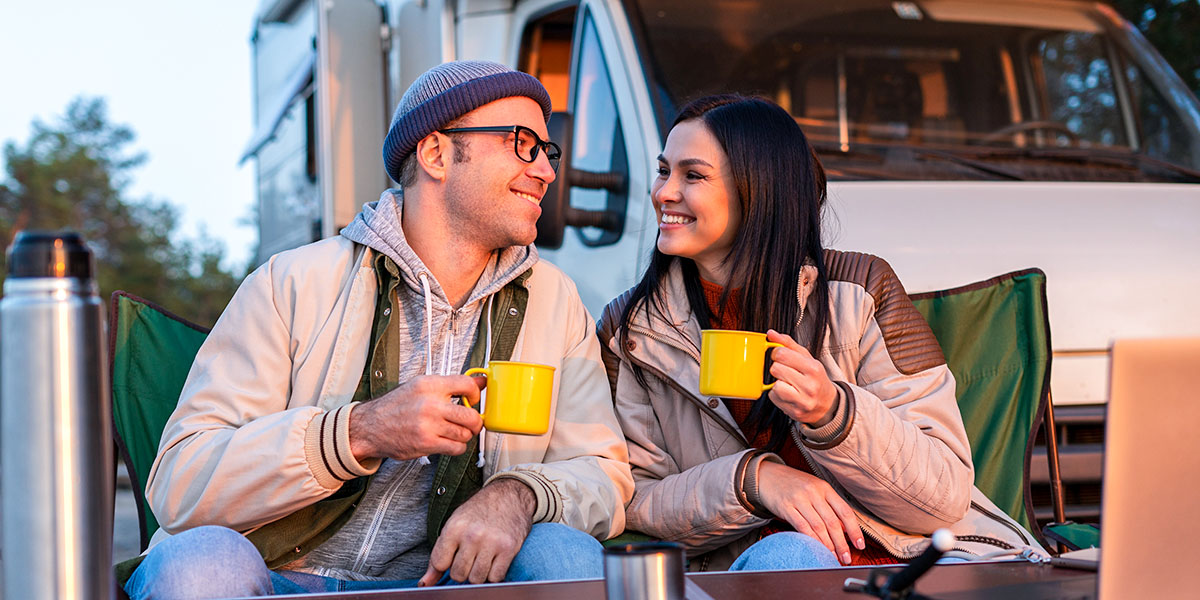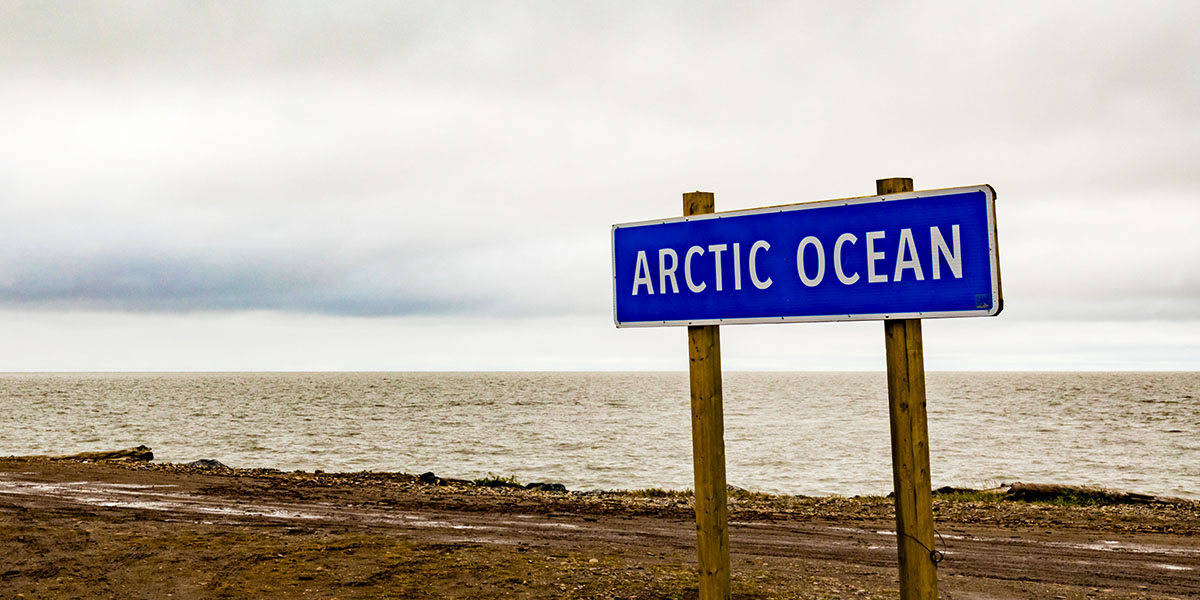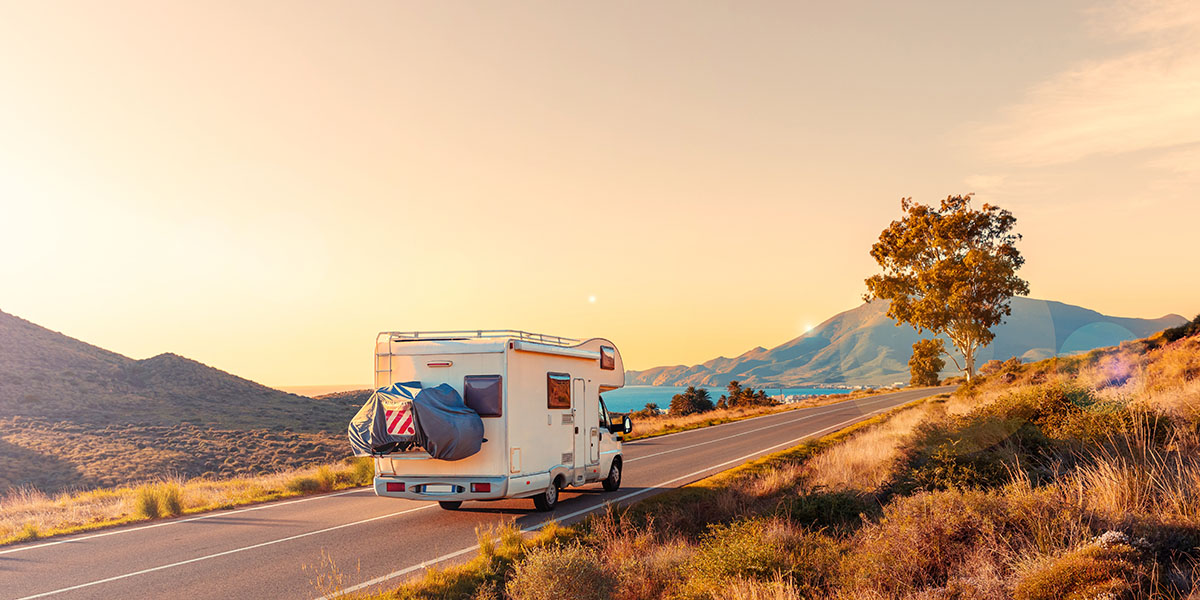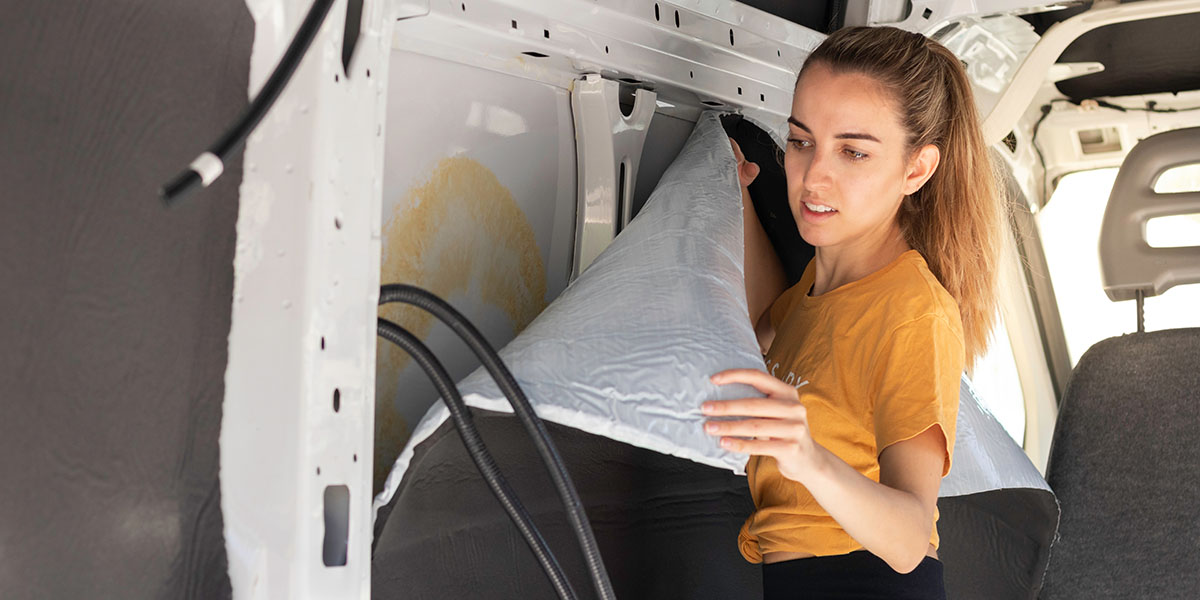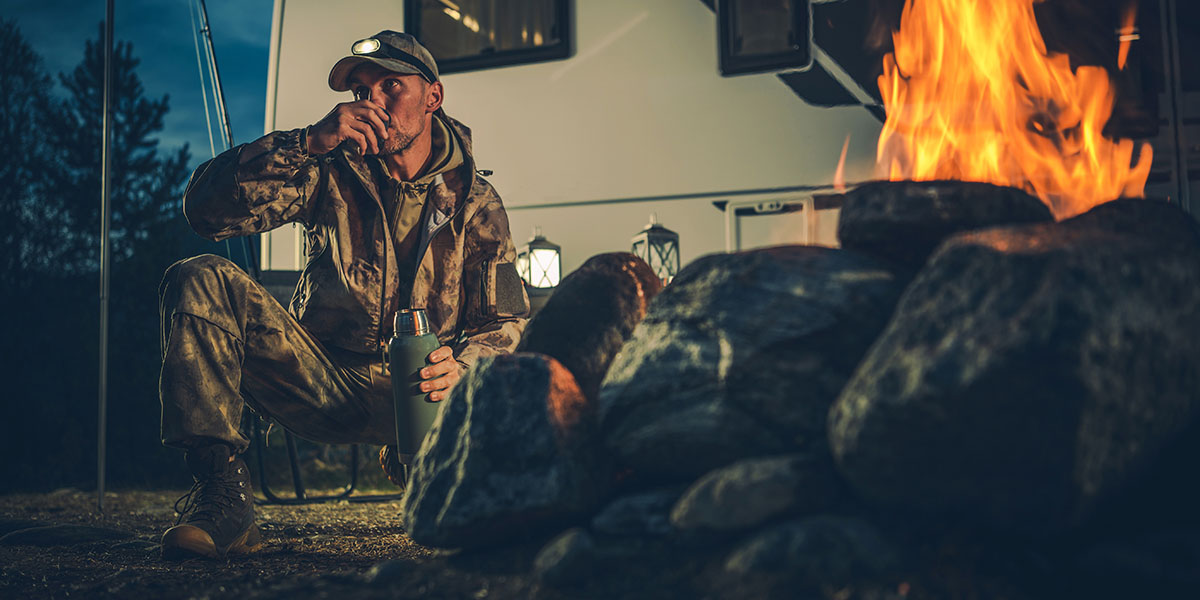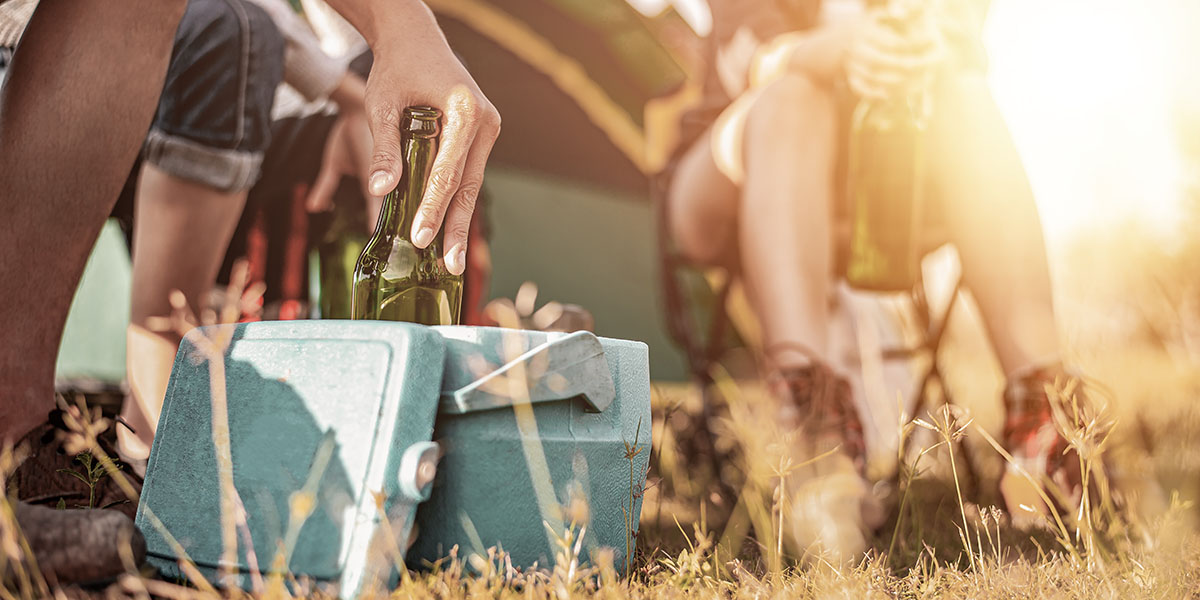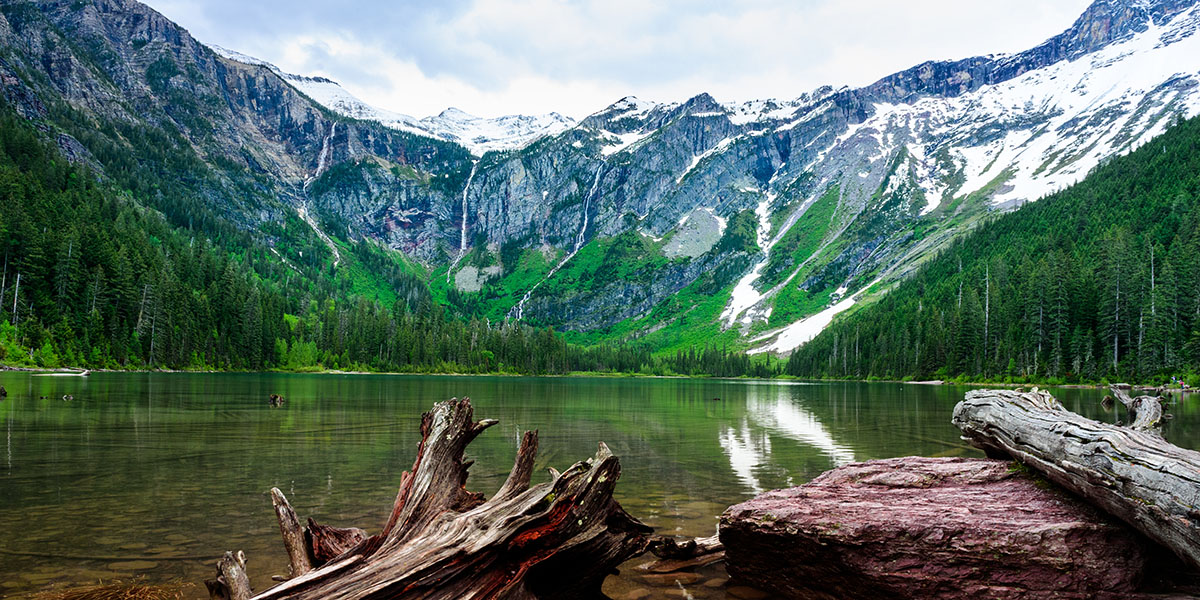There are certain seasons where everyone is traveling. (Think Thanksgiving, Christmas, and all the the winter holidays.) And arriving at those big gatherings can require a gigantic effort. But all throughout the year, the calendar has room for a different kind of holiday — the three-day holiday. A holiday of your own making. All you need is a Friday or a Monday off, and whoosh! Freedom. And the truth is: Most people don’t take advantage of those long weekends.
You see, not every adventure requires a long, drawn-out vacation or weeks of planning. Sometimes, all you need is a long weekend, a good playlist, and a touch of wanderlust. Whether you’re looking to escape to the mountains, coastlines, or deserts, a three-day holiday is a perfect opportunity to recharge your batteries without breaking the bank.
So, if you’re looking to stock some three-day holiday ideas, you’ll love this list. From personal experiences to national highlights, this regional guide will help you plan a quick and affordable RV weekend getaway.
Northeast: Coastal Escapes and Leaf-Peeping Getaways
Destination 1: Acadia National Park, Maine
Acadia National Park is one of my favorite national parks east of the Rockies. Especially in fall — the colors are absolutely stunning. From the sunrise at the top of Cadillac Mountain to the serene beauty of the Jordan Pond Path, it’s a place that showcases the rugged beauty of the Northeast. If you’re into hiking and want a bit of a challenge, you can explore trails like the Beehive Loop. If you’re looking for more of a leisurely adventure, you can enjoy a scenic drive along Park Loop Road. Bar Harbor adds a charming touch. There are quaint shops, fresh lobster rolls, and local brews. (And trust me, the lobster rolls are definitely a must!) Note that this far north, fall colors tend to start and end a little earlier. So, make sure to research before you go.
Why It Tests Your Limits: Acadia’s weather can be unpredictable. You might find yourself starting a sunny hike only to be met with a surprise rain shower. Or a decent drop in temperature as night approaches. Come prepared with layers and a sense of adventure.
Budget Tip: Skip pricey hotels and opt for camping. Blackwoods and Seawall campgrounds are fantastic options for both RVers and tent campers.
Destination 2: Niagara Falls, New York
Niagara Falls is a spectacular destination that blends natural wonder with exciting activities, making it perfect for a quick three-day holiday. The sheer power of the falls is something that can only be witnessed in person to truly understand. There are so many fun ways to experience the falls too. You can marvel at them from the observation deck. You can get up close and possible soaked on the iconic Maid of the Mist boat tour. Or you can walk the Cave of the Winds trail. Whichever you choose, it is guaranteed to be an unforgettable experience. If you’re into hiking, the Niagara Gorge Trail offers scenic views and a chance to explore the natural beauty of the area.
For those looking for more than just the falls, Niagara’s surrounding area offers charming towns and big cities that feature great eats and even local wineries. The Niagara Wine Trail is an excellent option for a relaxing afternoon of tastings. Also, the quaint shops and restaurants in nearby Lewiston will add small-town charm to your trip. (And, of course, Buffalo and Toronto are right there too, if you want to have some big city adventures.)
Why It Tests Your Limits: The area can get incredibly crowded, especially during peak travel seasons. Navigating the crowds, finding parking for an RV, and keeping your plans flexible amidst the hustle and bustle can require patience and adaptability.
Budget Tip: Save on accommodation costs by camping at nearby Four Mile Creek State Park. Their sites offer picturesque views of Lake Ontario. It’s just a short drive from the falls and allows you to enjoy nature away from the crowds.
Southeast: Southern Charm and Coastal Vibes
Destination 1: Charleston, South Carolina
Charleston is the perfect combination of historic charm with Southern hospitality, which makes it an ideal destination for a three-day holiday. Start by wandering through the cobblestone streets of the historic district. There, pastel-colored antebellum homes (which I learned it’s not colonial) and iconic landmarks like Rainbow Row transport you to post-Civil War times. I also recommend a stroll along Waterfront Park, famous for its Pineapple Fountain. Or consider a visit to the historic Charleston City Market to pick up artisan goods and local treats.
For outdoor enthusiasts, head to Folly Beach or Sullivan’s Island for sun, sand, and sea. You can also visit Magnolia Plantation and Gardens for breathtaking views and a glimpse into Charleston’s rich history. Foodies will also find plenty to love. Charleston’s culinary scene offers everything from classic shrimp and grits to innovative farm-to-table dining.
Why It Tests Your Limits: The city’s popularity can make parking a challenge, especially for RV travelers. Maneuvering through the narrow streets of the historic district requires patience and a well-thought-out plan for where to park your rig. Try getting a ride into town or using e-bikes as a fun way to get around.
Budget Tip: Stay at James Island County Park Campground. It offers full hook-ups, shuttle services to downtown Charleston, and access to beautiful walking trails.
Destination 2: Gatlinburg and Pigeon Forge, Tennessee
Great Smoky Mountains National Park offers a blend of natural beauty and family-friendly fun, making it a perfect three-day holiday for families of all ages and sizes. Explore the stunning vistas and trails within the national park like Clingman’s Dome for breathtaking views. Or head out to Laurel Falls for an easy hike to a scenic waterfall. Nature lovers can also enjoy wildlife spotting. Kkeep an eye out for deer, elk, black bears, and wild turkeys.
For the kid in the family, or the kid in you, nearby Gatlinburg and Pigeon Forge offer endless entertainment options. Gatlinburg’s quaint downtown is filled with unique shops, eateries, and attractions like the SkyLift Park, while Pigeon Forge is home to Dollywood and a bunch of interactive museums. One of my favorite activities is the alpine coaster ride. These bustling towns complement the nature found in the park, offering something for everyone.
Why It Tests Your Limits: The sheer number of attractions and activities can make planning overwhelming. Add in the crowds, as GSMNP is the most visited national park, and navigating the area in an RV requires careful coordination.
Budget Tip: Camp at Elkmont Campground in the national park for a peaceful retreat or opt for one of the many RV parks in Pigeon Forge, which often include shuttle services to local attractions.
Midwest: Small-Town Charm and Wide-Open Spaces
Destination 1: Door County, Wisconsin
Known as the “Cape Cod of the Midwest,” Door County is a haven for nature lovers, foodies, and anyone looking to slow down and enjoy life’s simple pleasures. With 300 miles of shoreline, you can spend your days kayaking along Lake Michigan, exploring lighthouses, or relaxing on sandy beaches. Peninsula State Park is a must-visit for hiking and biking, offering stunning views from Eagle Bluff Lighthouse.
Door County’s charming towns, like Fish Creek and Ephraim, are filled with boutique shops, art galleries, and cozy cafes. Don’t leave without attending a traditional fish boil, a local culinary tradition that’s as much about the experience as it is about the food. Fall is particularly magical here, with vibrant foliage transforming the landscape into those ideal oranges and yellows that most people dream of during the season.
Why It Tests Your Limits: The area’s popularity can make finding campsites and parking tricky, especially when planning a three-day holiday during summer and fall. Navigating the narrow roads between small towns in an RV also requires extra care.
Budget Tip: Stay at Potawatomi State Park or one of Door County’s private campgrounds for affordable options that keep you close to the action.
Destination 2: Cuyahoga Valley National Park, Ohio
Nestled between Cleveland and Akron, Cuyahoga Valley National Park is a Midwest gem. It offers a mix of history, nature, and outdoor adventure. The park’s extensive Towpath Trail follows the historic Ohio and Erie Canal, and is perfect for biking or leisurely walks. For hikers, trails like the Ledges Trail provide breathtaking views of sandstone cliffs, and the Brandywine Falls Trail leads to one of Ohio’s most stunning waterfalls.
Beyond the trails, the park is home to the Cuyahoga Valley Scenic Railroad, where you can hop aboard for a picturesque ride through the park’s lush landscape. This is a must-do for a family three-day holiday or those looking to explore the area in a unique way. The park is also one of the most pet-friendly of the National Park system, so your four-legged family members can enjoy the adventure too.
Why It Tests Your Limits: Unlike more remote national parks, Cuyahoga’s proximity to urban areas means balancing nature escapes with busier trails and that looming city feel. You can definitely get that nature escape feel, but you will feel the nearby city vibe if you are looking to completely escape.
Budget Tip: Stay at nearby campgrounds like Streetsboro KOA for affordable and RV-friendly accommodations. The park has no entrance fee, making it a budget-friendly destination for nature lovers.
Southwest: Desert Adventures and Unique Landscapes
Destination 1: Sedona, Arizona
Sedona’s stunning red rock formations and mystical vibe make it an unforgettable destination for a short three-day holiday. When you arrive, spend your days hiking iconic trails like Cathedral Rock or Devil’s Bridge for awe-inspiring views. Or just simply soak in the beauty of the surrounding landscape. Sedona’s vortexes, believed to be centers of spiritual energy, attract visitors from around the world seeking rejuvenation and inspiration.
The town itself offers plenty of charm, with unique shops, art galleries, and restaurants that showcase Southwestern flavors. Don’t miss a stargazing session. Sedona’s dark skies make it one of the best places in the U.S. to observe the stars. For a touch of luxury, book a spa day or visit one of the many wellness centers. Fun fact: The world’s only McDonald’s with blue/turquoise arches, is found in Sedona. It was a city requirement to accent the local red rocks.
Why It Tests Your Limits: Sedona’s winding and narrow roads can make navigating in an RV a little challenging, but it is definitely doable. Its rugged terrain also demands careful planning for boondocking or finding campgrounds.
Budget Tip: Stay at nearby Dead Horse Ranch State Park in Cottonwood for a more affordable option that’s still close to Sedona’s main attractions. There are also some amazing boondocking spots in national forest land about 20 or 30 minutes outside of town.
Destination 2: Flagstaff and the Grand Canyon, Arizona
For those craving the rugged beauty of the Southwest, Flagstaff and the Grand Canyon make for an epic three-day holiday. Flagstaff serves as the perfect base camp, with its vibrant downtown area, craft breweries, and access to outdoor adventures like hiking and stargazing. The Lowell Observatory in Flagstaff is a must-visit for space enthusiasts, while the Coconino National Forest offers diverse trails through ponderosa pines and volcanic landscapes.
No trip to this region is complete without a visit to the Grand Canyon, a natural wonder that never ceases to amaze. Spend a day exploring the South Rim’s overlooks, such as Mather Point and Desert View, where you can take in the vastness of the canyon. For those looking to stretch their legs, the Bright Angel Trail offers stunning vistas. (Though it’s best to tackle only part of the trail on a short trip.)
Why It Tests Your Limits: The Grand Canyon is one of the most popular national parks in the US, so crowds will always be something to deal with. Additionally, the location and altitude of both Flagstaff and the canyon itself can be challenging for some travelers, because they can come with weather extremes of hot and cold temperatures.
Budget Tip: Opt for camping at the Grand Canyon’s Mather Campground. Or boondock near Flagstaff in dispersed areas like the Coconino National Forest. Both options provide affordable accommodations while keeping you close to the action.
West Coast: Mountains, Beaches, and Everything in Between
Destination 1: Big Sur, California
Big Sur is a dramatic coastal escape where rugged cliffs meet the roaring Pacific Ocean. A drive along the Pacific Coast Highway offers jaw-dropping views, with must-stop spots like Bixby Creek Bridge, McWay Falls, and Pfeiffer Beach. Spend your three-day holiday hiking through redwood forests in Julia Pfeiffer Burns State Park or simply relaxing at one of the area’s picturesque beaches.
While I haven’t had the opportunity yet, I have heard from other RVers that camping in Big Sur is an experience like no other. The options range from primitive sites to well-equipped campgrounds nestled among the redwoods. The area’s tranquility and natural beauty provide a perfect escape from the hustle and bustle of everyday life.
Why It Tests Your Limits: Big Sur’s remote location and limited cell service can be both a blessing and a challenge. Campsites book up months in advance, and navigating the narrow, winding roads in an RV requires experience and caution.
Budget Tip: Camp at Ventana Campground for a more affordable option compared to luxury lodges or consider boondocking at Los Padres National Forest.
Destination 2: Mount Rainier National Park, Washington
Dominated by its namesake volcano, Mount Rainier National Park is a hiker’s paradise and a breathtaking destination for a three-day holiday adventure. Explore the park’s iconic trails, like Paradise Meadows for wildflower-filled landscapes or Skyline Trail for panoramic views of Mount Rainier. During the summer, enjoy glacier-fed rivers and cascading waterfalls, while winter visitors can experience snowshoeing and cross-country skiing.
The park’s campgrounds, such as Cougar Rock and Ohanapecosh, offer serene settings that immerse you in nature. Nearby small towns like Ashford and Enumclaw provide opportunities to stock up on supplies or enjoy local eats. Whether you’re seeking solitude or adventure, Mount Rainier delivers. It also happens to be a two-hour drive from Seattle to the Nisqually Entrance, if you are in the mood for a day in the city.
Why It Tests Your Limits: The park’s remote location means limited amenities and long drives to reach the best spots. Additionally, unpredictable weather can make even summer visits challenging, with sudden rain or fog rolling in. Some of the thickest fog I’ve ever seen was driving through the park on one visit.
Budget Tip: Book campsites early to secure your spot, and consider staying just outside the park in nearby national forest areas for more budget-friendly options while still enjoying easy access.
Pro Tips for Planning Your Three-Day Holiday
- Plan for the Unexpected. While having an itinerary is helpful, leaving room for spontaneity ensures you can embrace unexpected detours and hidden gems along the way.
- Pack Light, Pack Smart. A well-organized RV or suitcase can make all the difference. Maximize space with smart packing solutions and double-duty items.
- Practice Leave No Trace. Protect the beauty of these destinations by packing out what you pack in and respecting wildlife.
- Connect with Locals. Engage with locals for insider tips and unique recommendations. They often know the best-kept secrets of their region.
- Make It Personal. Choose destinations that align with your interests, whether it’s hiking, food, art, or simply soaking in the scenery.
A three-day holiday might be short, but it’s long enough to create memories that last a lifetime. With a little planning, a sense of adventure, and these regional tips, you’ll be ready to hit the road for an unforgettable mini-vacation. So gear up, pick your destination, and let the journey begin!
